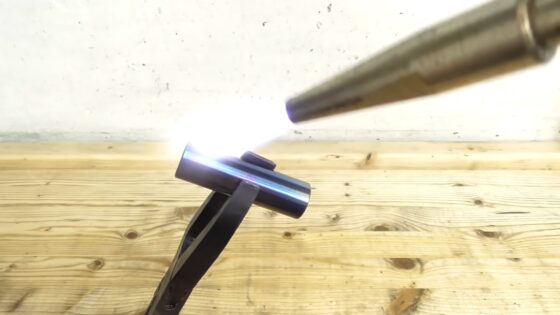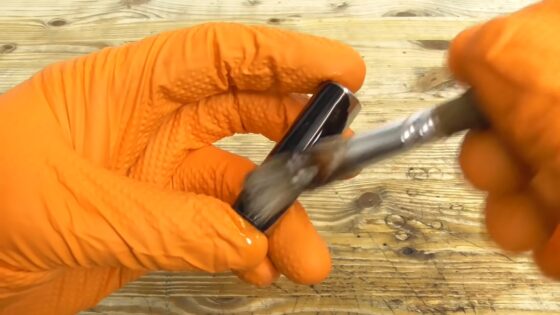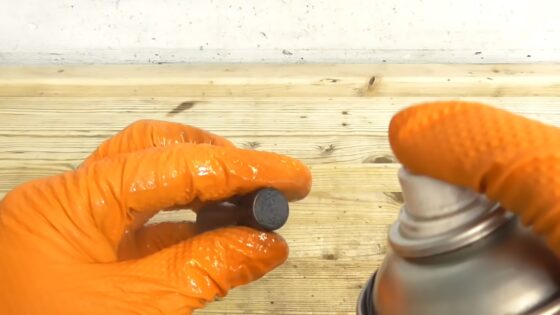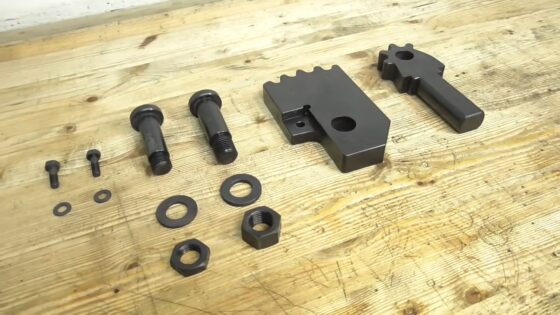If you want to make your steel projects stand out, you might consider bluing them. “Bluing” – the process by which steel is darkened – is more than a way of coloring metal. It also protects the steel, preventing it from oxidizing and rusting.

Swiss YouTuber My Mechanics Insights shows the two methods he uses to blue his steel: hot bluing and cold bluing. Considering the size and structure of the steel you’re working with; you might prefer one technique over the other.
What Is Hot Bluing?

The easier of the two methods, hot bluing only requires some degreasing agent, a heating apparatus (a blow torch is perfect for this), and any kind of oil. After degreasing the steel, you want to heat it to about 300-400°C. Then, while the steel is still hot, you want to dunk it in a heat-resistant container filled with the oil of your choosing.
My Mechanics mentions that extra care should be taken when heating the steel. Heating it above 400°C will cause the bluing to flake off the steel while heating it below 300°C won’t allow the oil to burn onto the surface. If you happen to make a mistake, he says that a simple sanding or sandblasting will clean the steel and allow you to try again.
What is Cold Bluing?

This method has you use an actual bluing solution to darken your steel. You still have to degrease the steel before bluing to prevent smudges and imperfections, but once the bluing solution is applied, you have to do a couple of things.

First, you have to dunk the blued part into cold water. Then you have to dry it with air or a towel. Finally, the part has to be coated in oil and left for 12 hours before being cleaned.
Which Method Is Best?

My Mechanics typically uses hot bluing because it takes less time and generally produces the same results (cold blued steel tends to be a little darker than hot blued steel).
He mentions that the high temperatures needed for hot bluing can cause damage and warp small, heat-treated steel parts and sheet metal. Likewise, big parts might not be ideal for hot bluing, as the entire surface needs to be heated at a specific temperature before being dunked in oil. For these reasons, he puts it up to your discretion whether to use hot or cold bluing for the steel you want to be darkened.
Hot bluing for small-to-medium steel parts and cold bluing for large parts and specific areas – with this rule of thumb and a keen eye on your steel’s makeup, you’ll be darkening your steel like a pro in no time!




![6 Types of Civil Engineering Drawings [Detailed Guide]](https://www.solidsmack.com/wp-content/uploads/2023/12/Civil-Engineering-Drawings-270x180.jpeg)

